The power of protest: People who fought for our rights in 2021
Angela Christofilou captured some of London’s most powerful demonstrations of the year

Your support helps us to tell the story
From reproductive rights to climate change to Big Tech, The Independent is on the ground when the story is developing. Whether it's investigating the financials of Elon Musk's pro-Trump PAC or producing our latest documentary, 'The A Word', which shines a light on the American women fighting for reproductive rights, we know how important it is to parse out the facts from the messaging.
At such a critical moment in US history, we need reporters on the ground. Your donation allows us to keep sending journalists to speak to both sides of the story.
The Independent is trusted by Americans across the entire political spectrum. And unlike many other quality news outlets, we choose not to lock Americans out of our reporting and analysis with paywalls. We believe quality journalism should be available to everyone, paid for by those who can afford it.
Your support makes all the difference.While most of last year’s protests took place online because of the pandemic, in the summer of 2020, people took to the streets to protest against police brutality and systemic racism. Following in these footsteps, 2021 has seen many powerful protests in the capital, with thousands marching and using their voices to stand up for their rights, raising awareness over growing social and environmental crimes and injustices, and protesting against all forms of discrimination.
Protest is a human right, a right to assembly and freedom of expression. And this year we marched to protect this right after it came under threat with the new Police Courts Sentencing and Crime Bill.
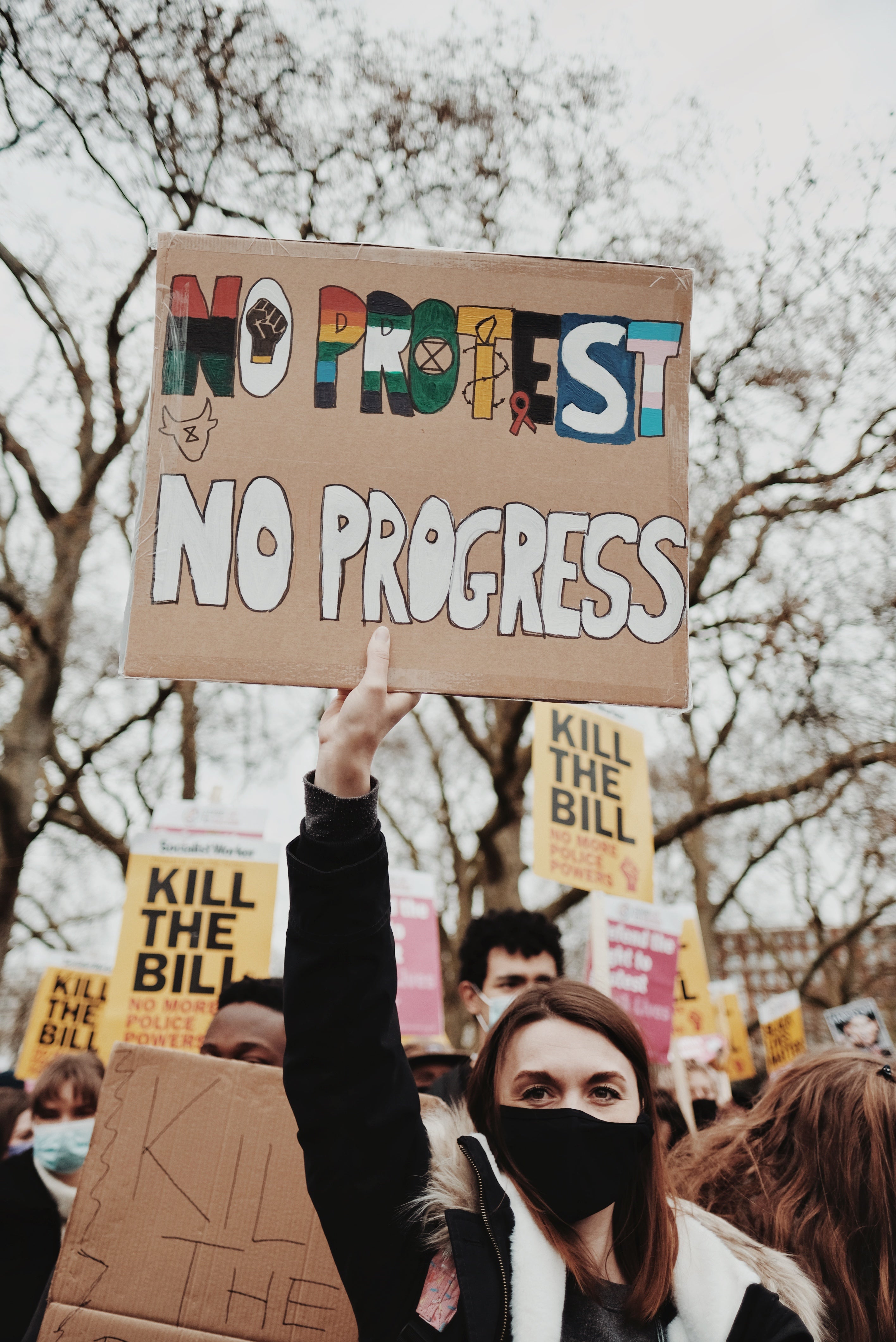
The bill has progressed to the House of Lords, where it is currently being debated. Among the list of new amendments are proposals to expand stop and search police powers for protests, banning protests that are deemed “too noisy” and banning protesters from attaching themselves to an object or to land; those found guilty face up to 51 weeks imprisonment.
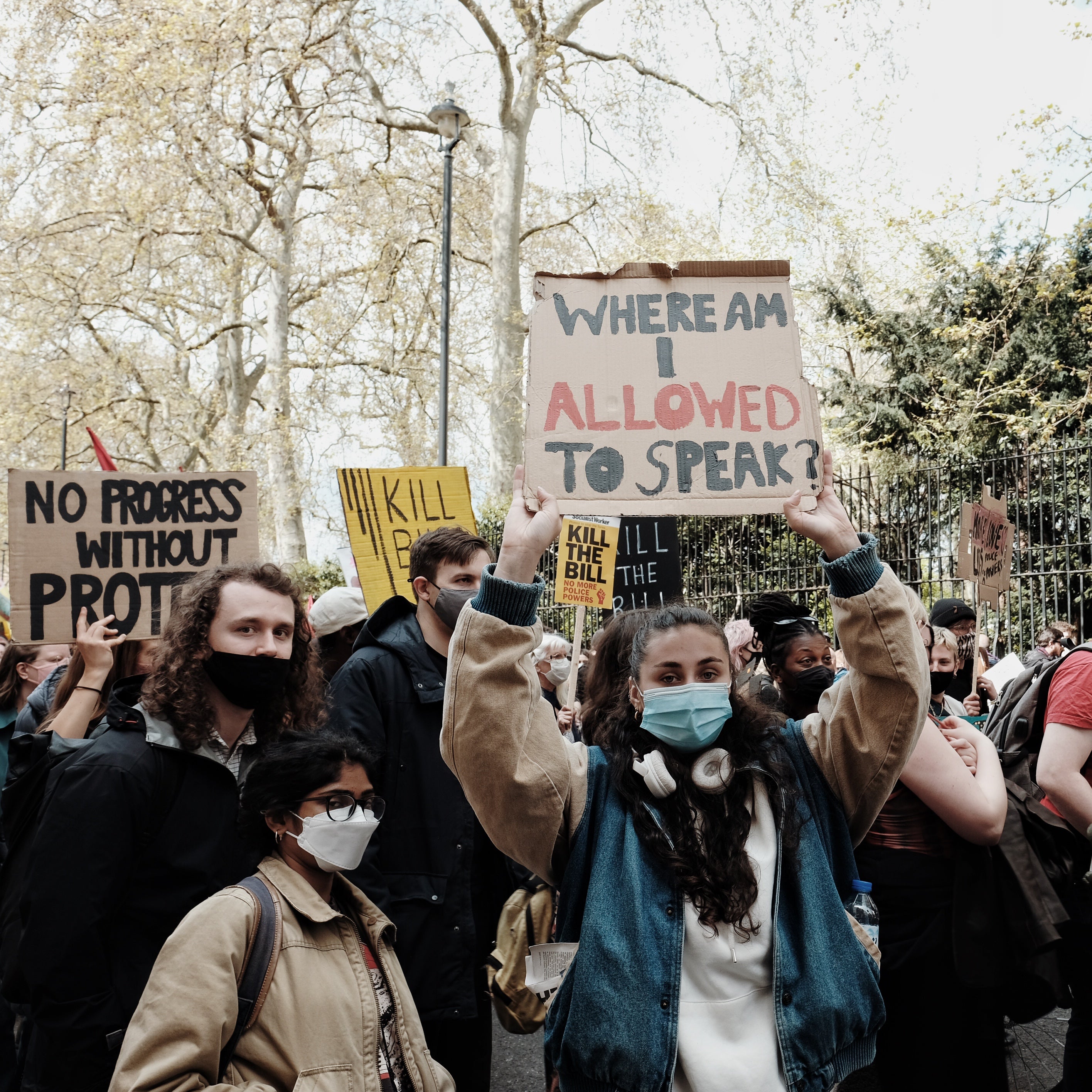
The bill first came to wider attention after the heavy-handed policing of a peaceful vigil in memory of Sarah Everard, who was kidnapped and murdered in Clapham by a police officer. Months after her murder, another woman, Sabina Nessa, was killed as she walked to a bar near her flat in Kidbrooke, southeast London.
Protests and marches took place all over the UK, including ones organised by feminist groups such as Sisters Uncut, The 97 March, Reclaim the Night, among others, which campaigned throughout the year against gender-based violence and police brutality.
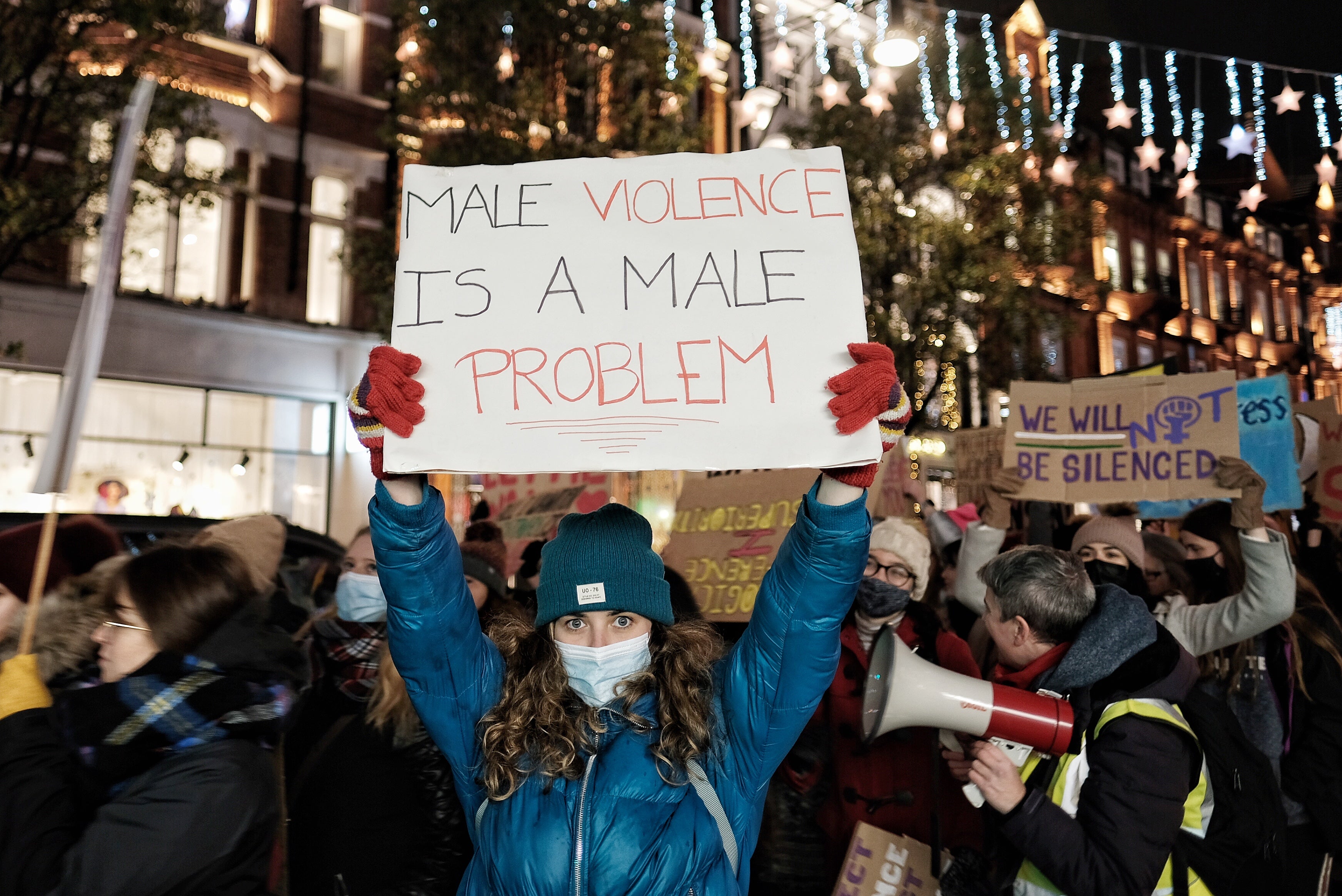
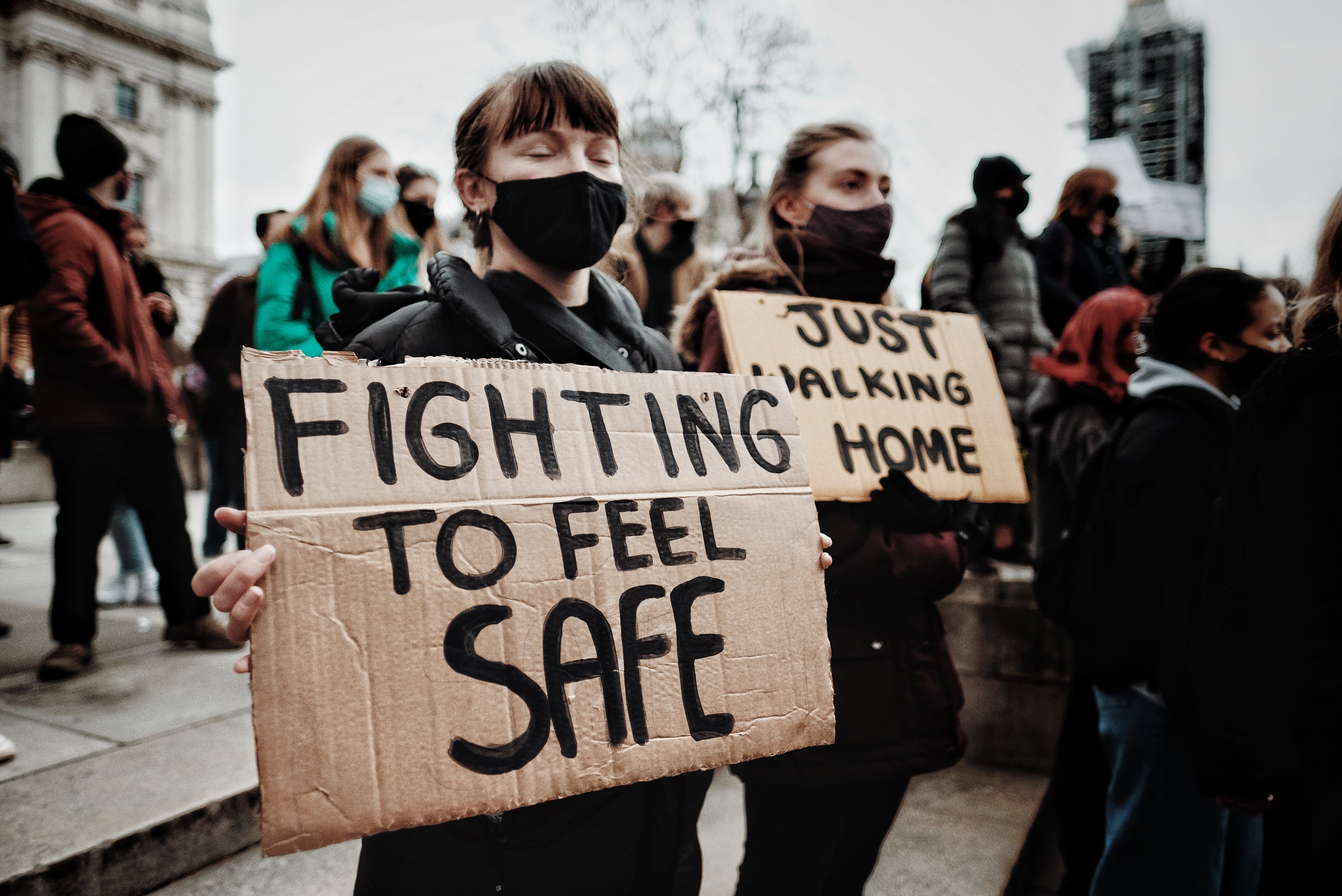
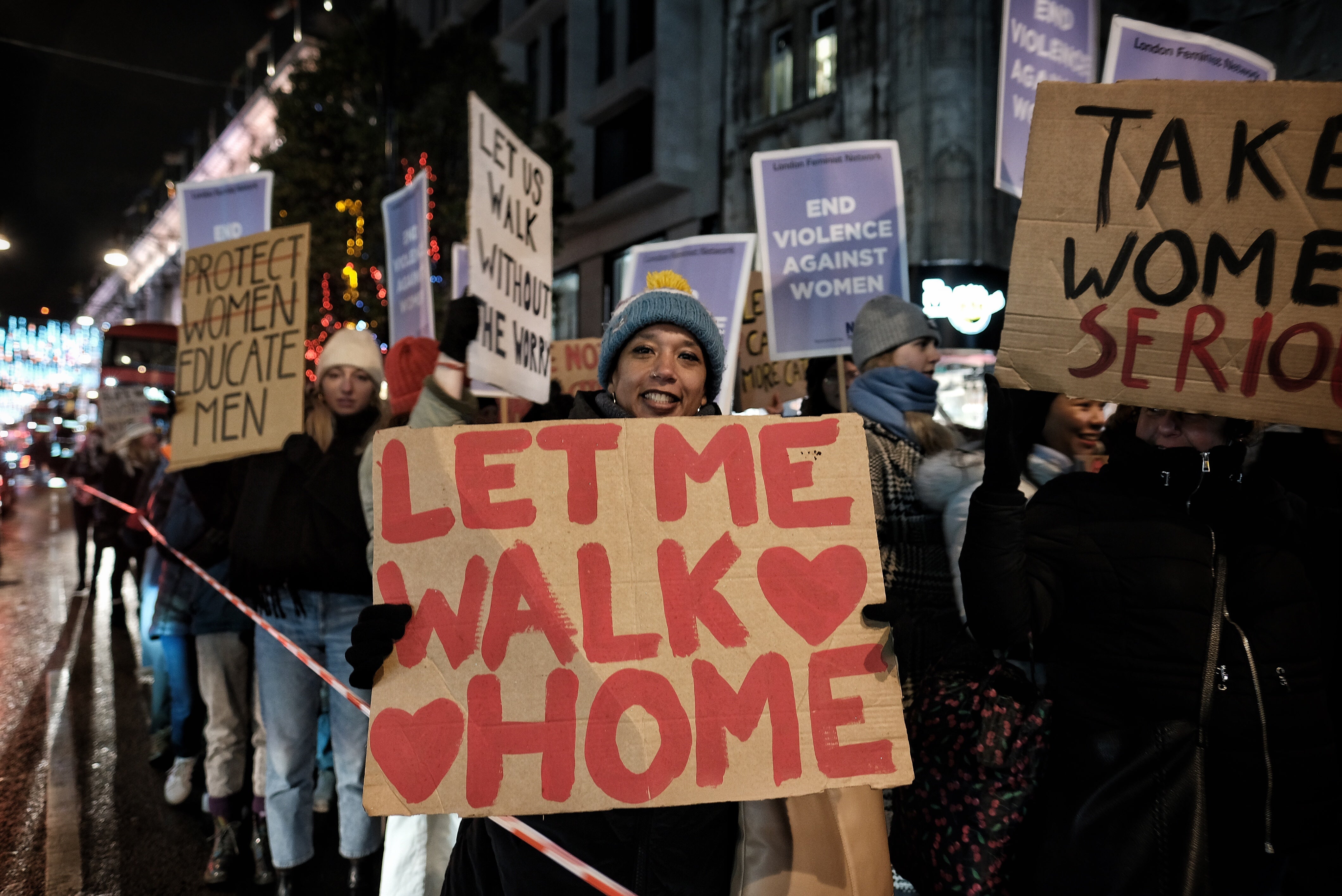
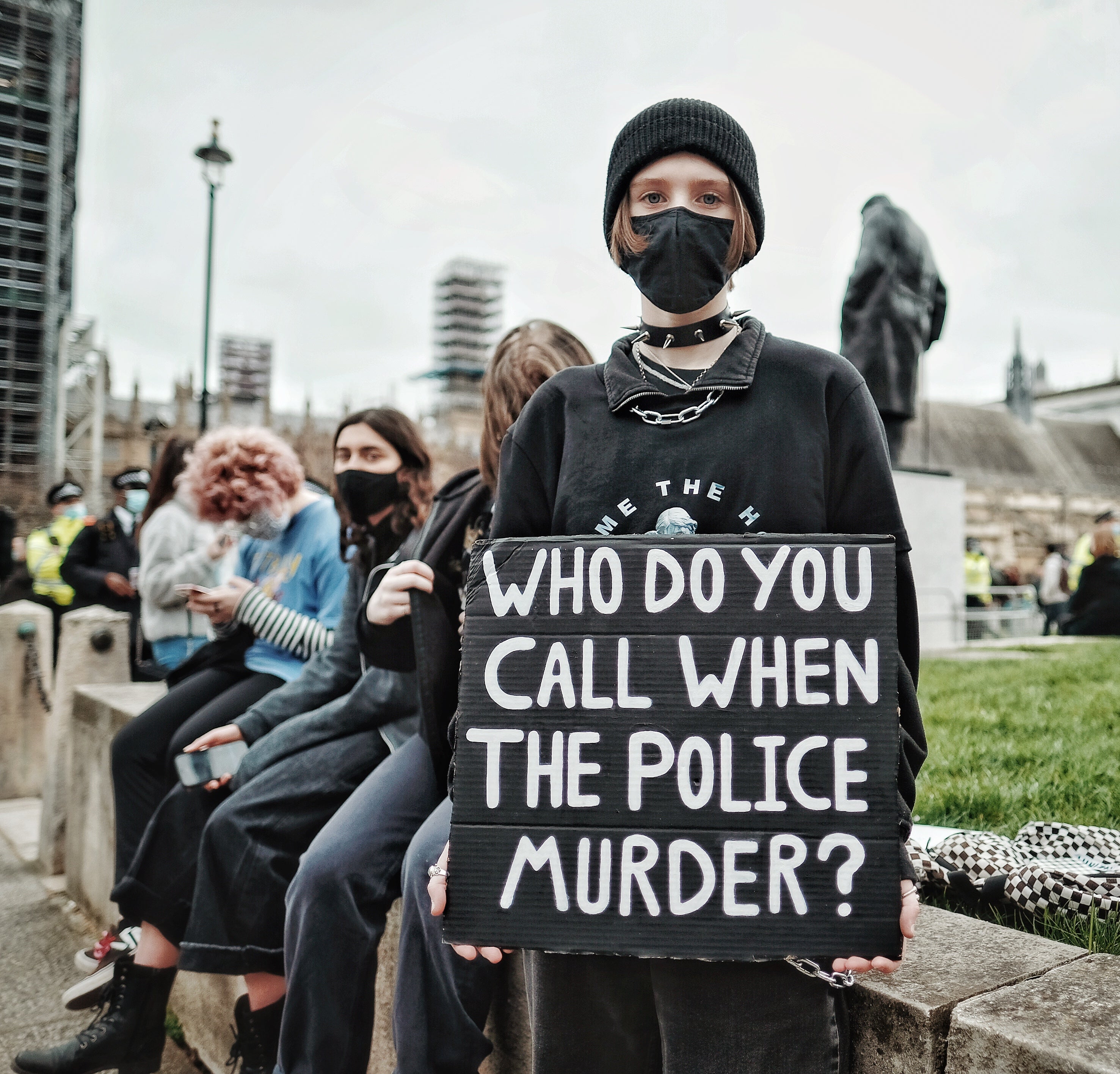
Climate change protests also returned to the streets this year, leading up to the biggest protest during the COP26 climate conference in Glasgow, which called on governments to take immediate action on the climate crisis. NHS staff and nurses also demonstrated for more action, holding placards such as “Climate crisis is also a Health crisis” in addition to protesting for pay justice and patient safety.
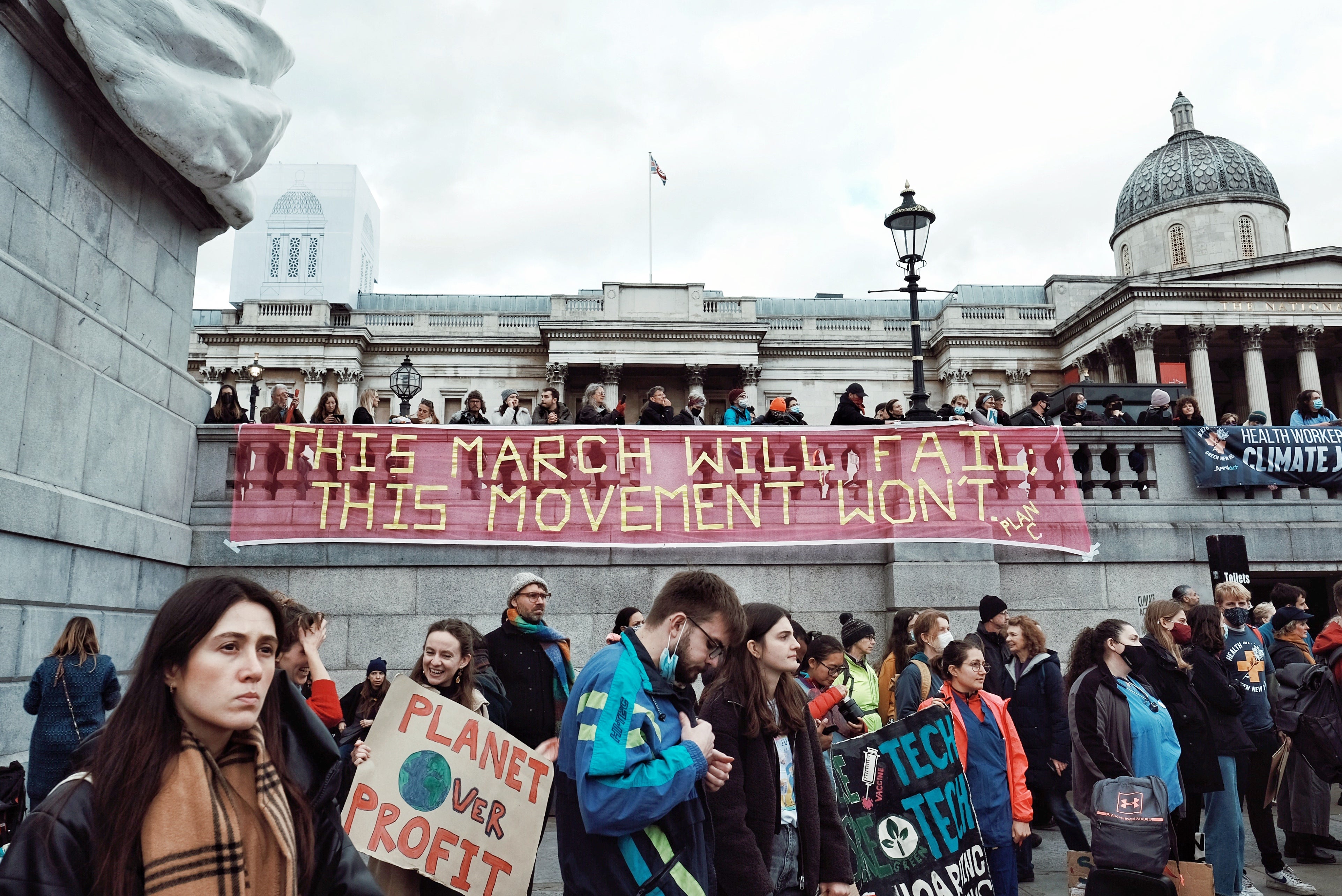
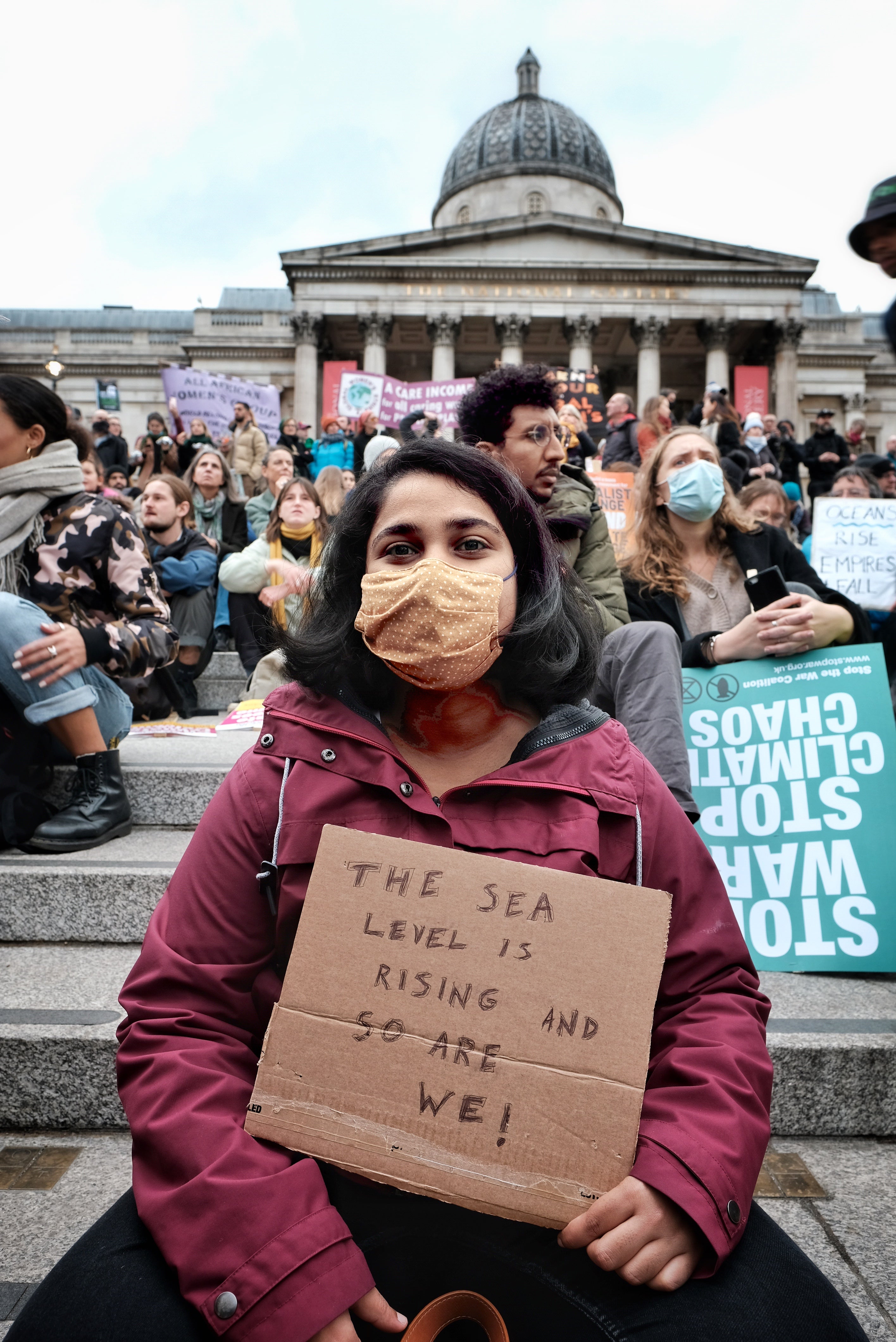
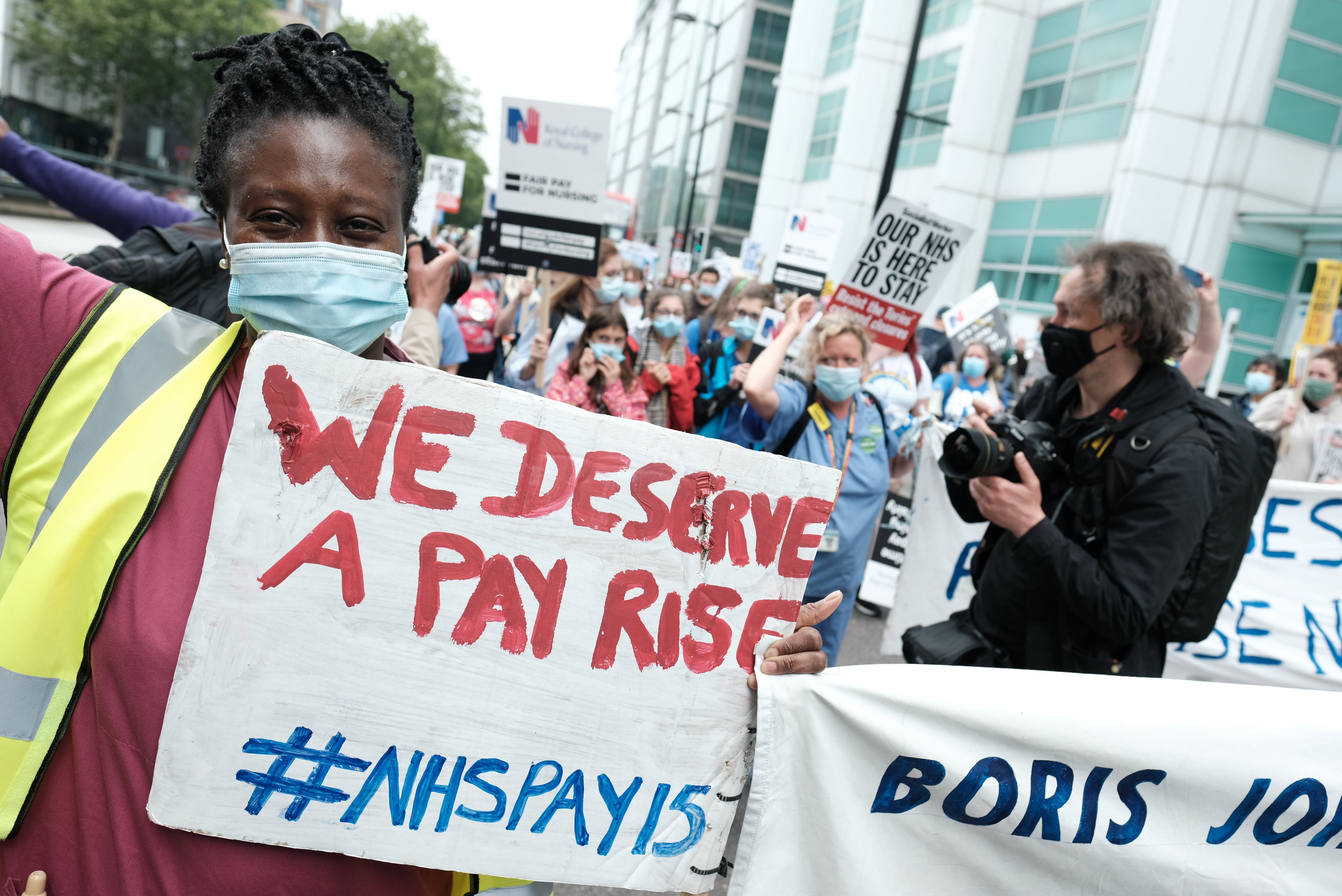
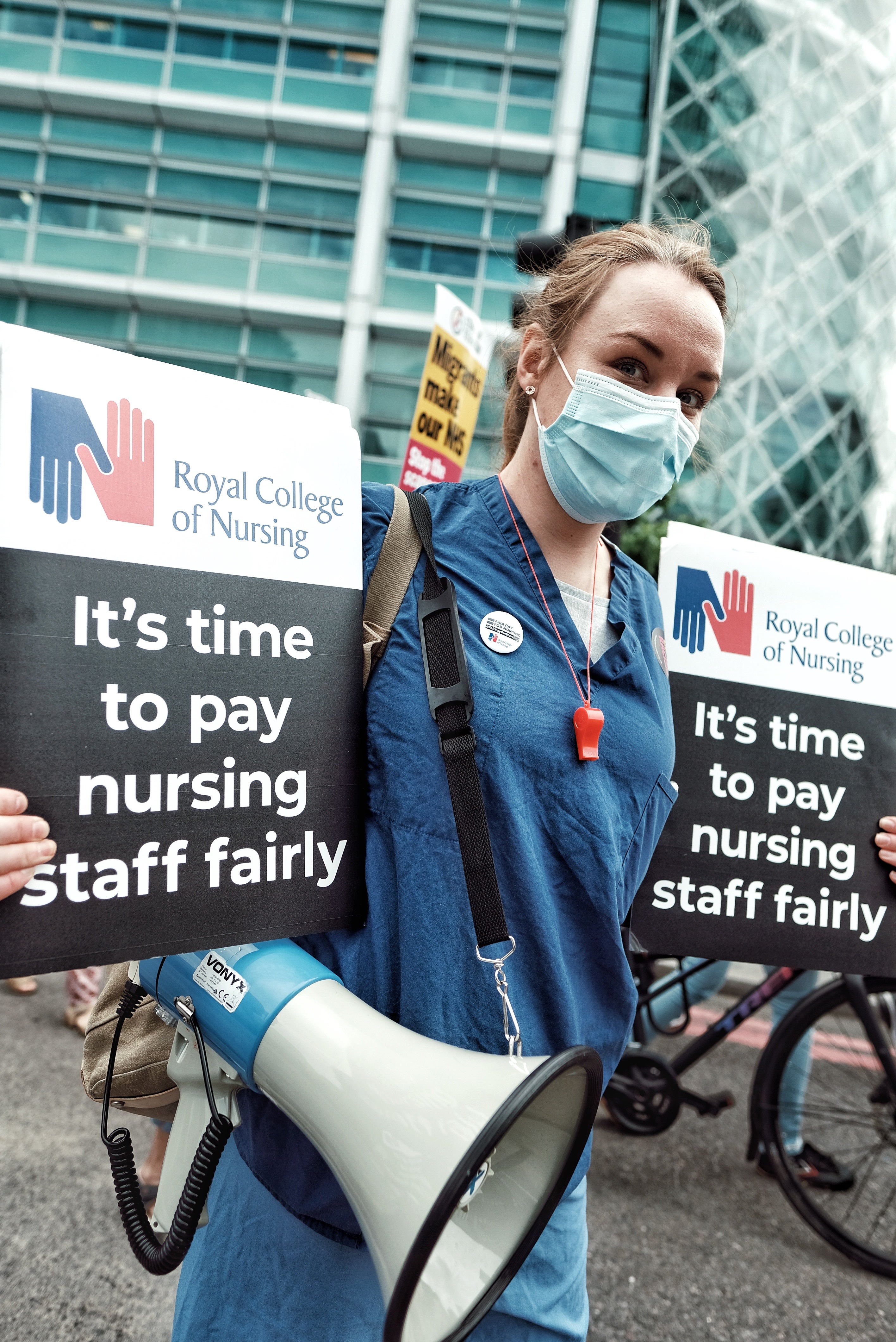
In June, London welcomed back Trans Pride, a day to celebrate the trans community, to highlight injustices and discrimination against trans people and to remember those lost due to transphobia. In East London, the second Queer Night Pride also took place in the summer, in response to hate crimes against the queer community.
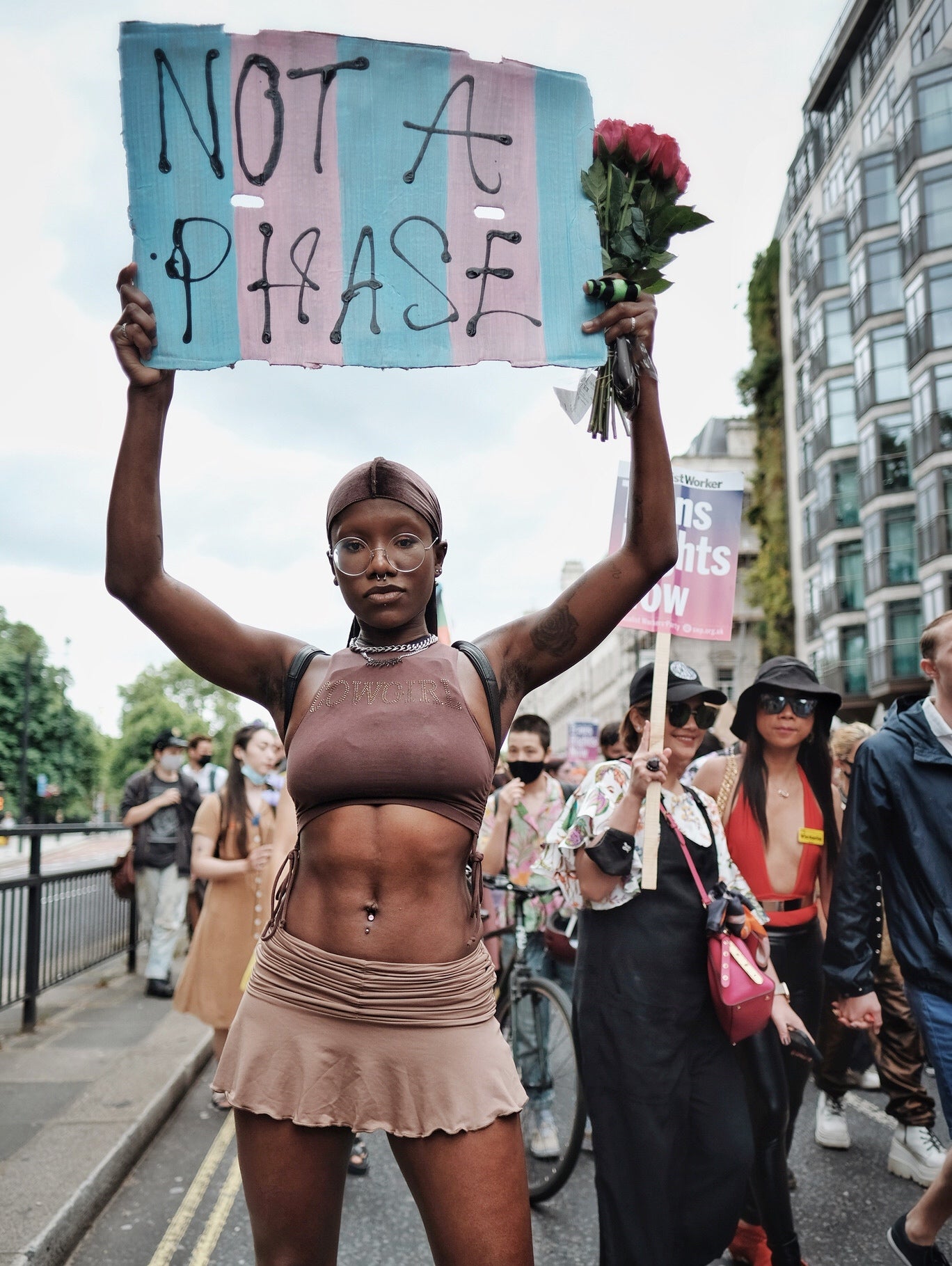
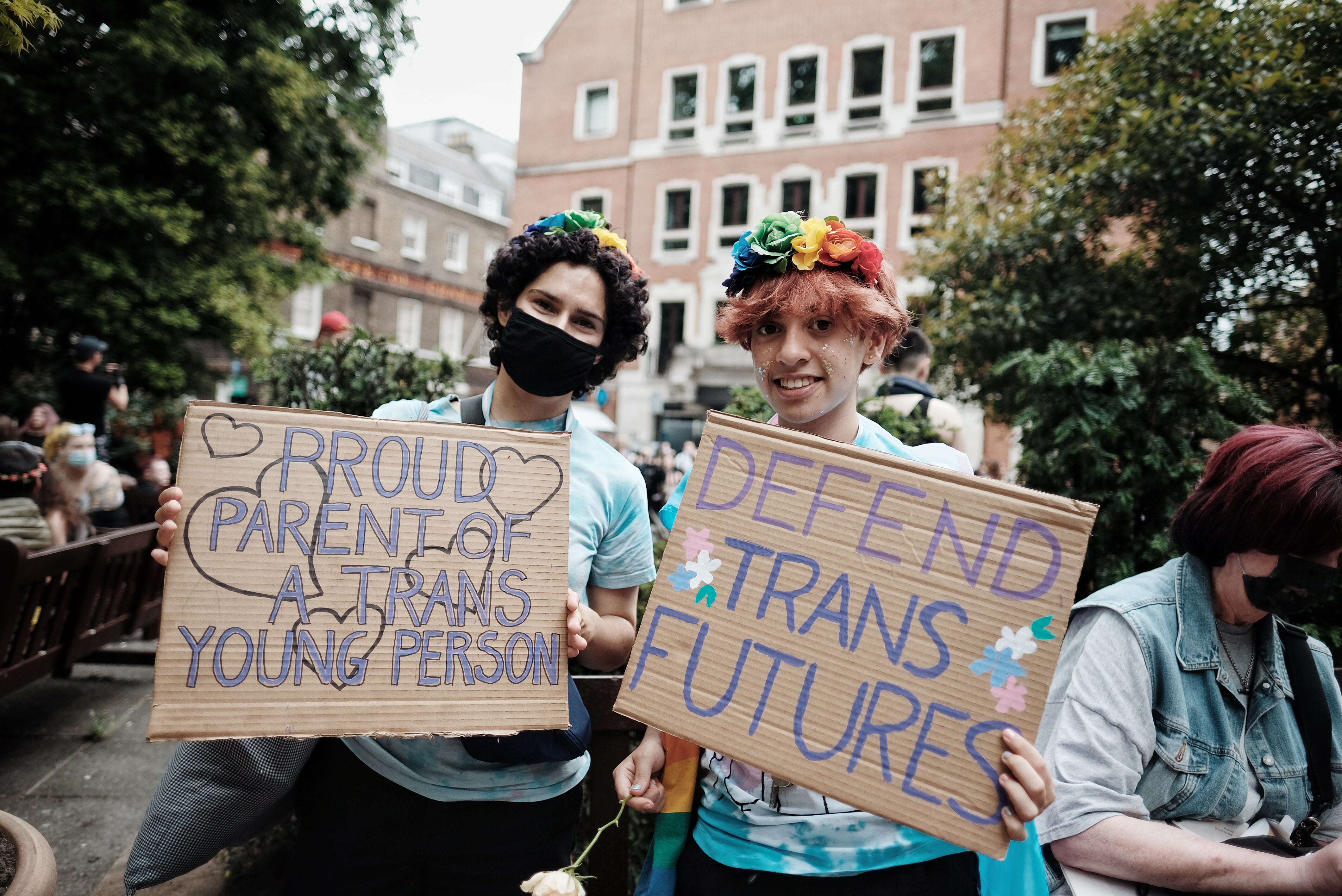
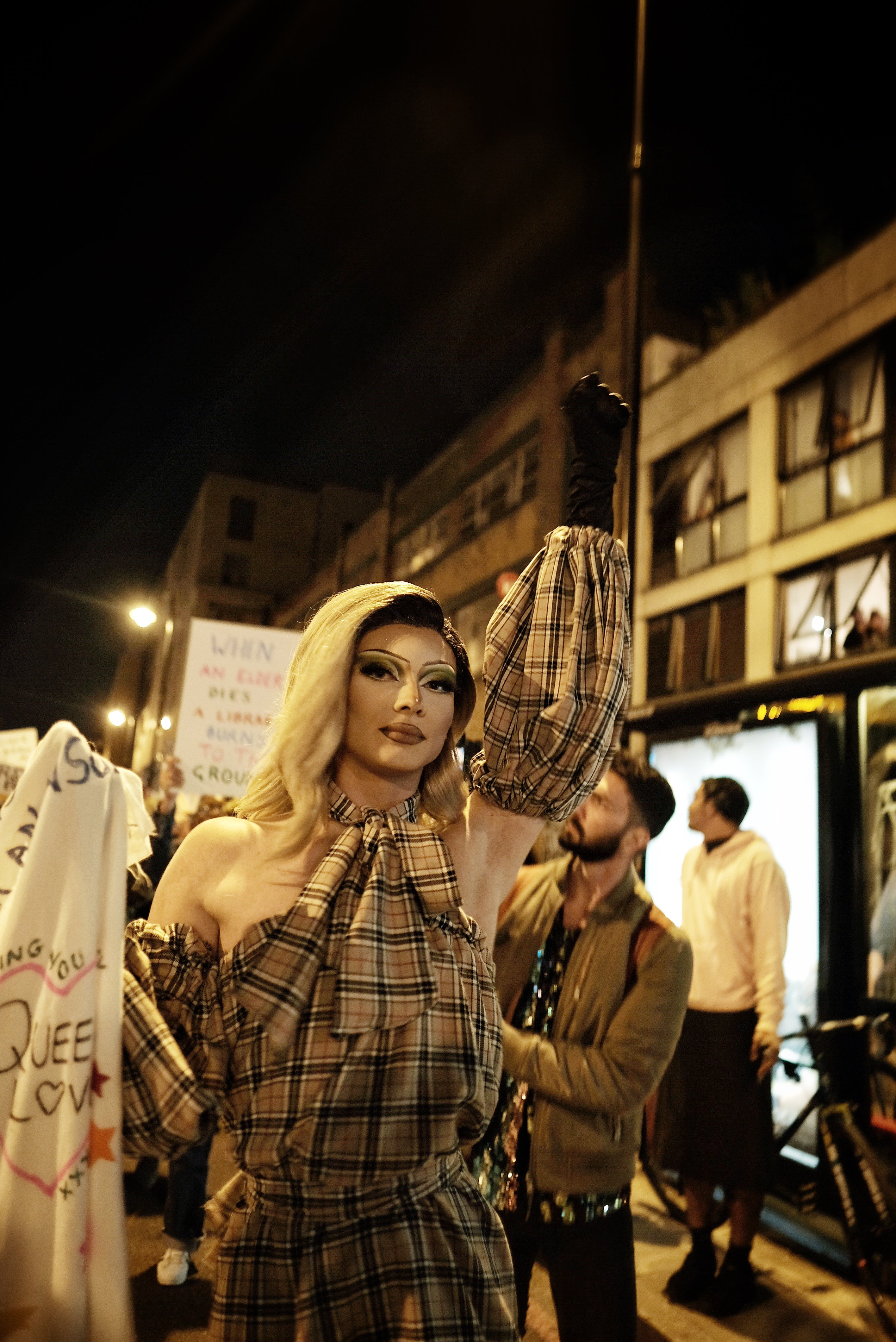
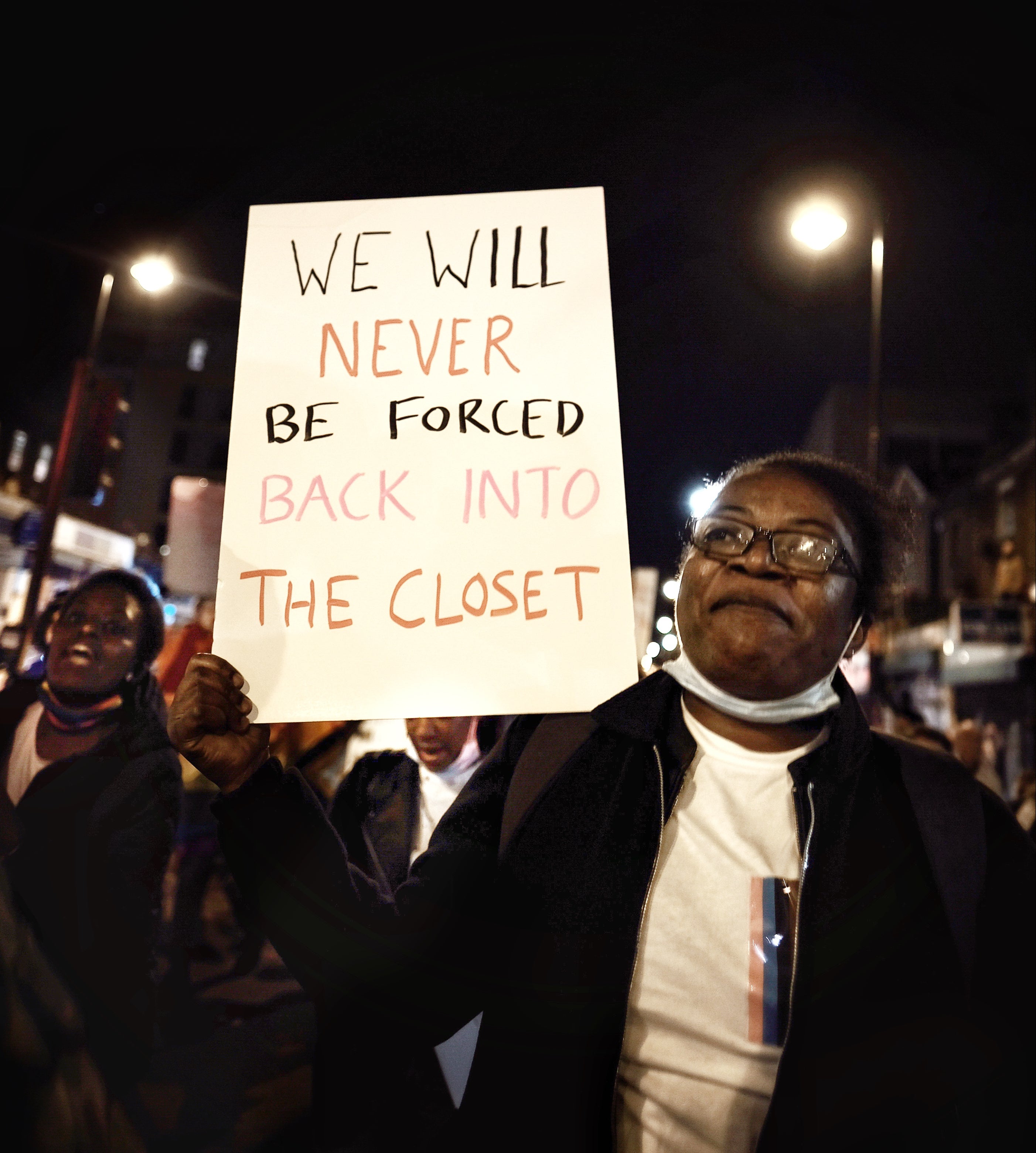
Many powerful protests were organised to stand in solidarity with the people of other countries including Palestine, where people were calling for an urgent resolution to the violence in Gaza. On 28 August, people took to the streets of London, standing for peace and human rights in Afghanistan, and in solidarity against the Taliban takeover.
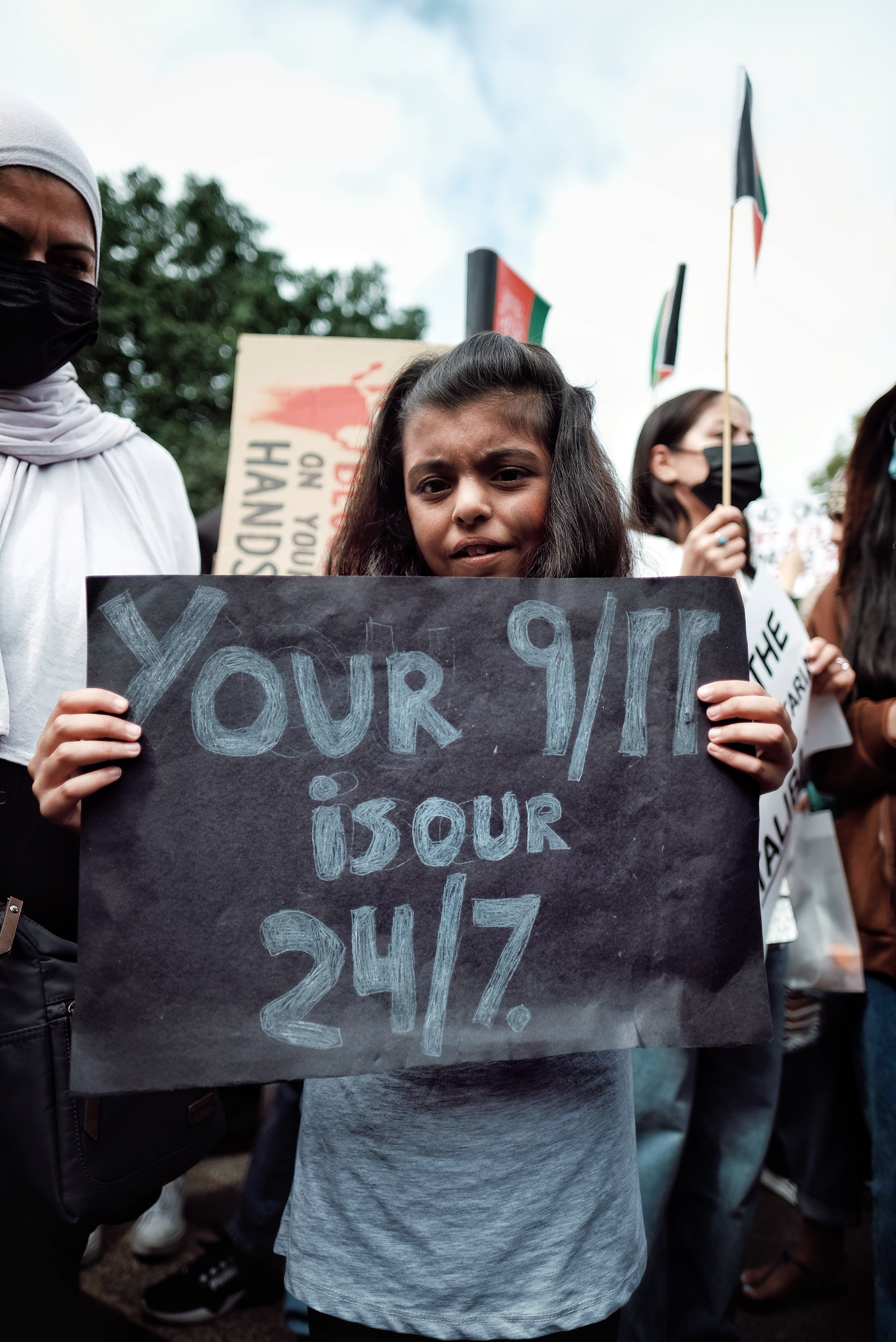
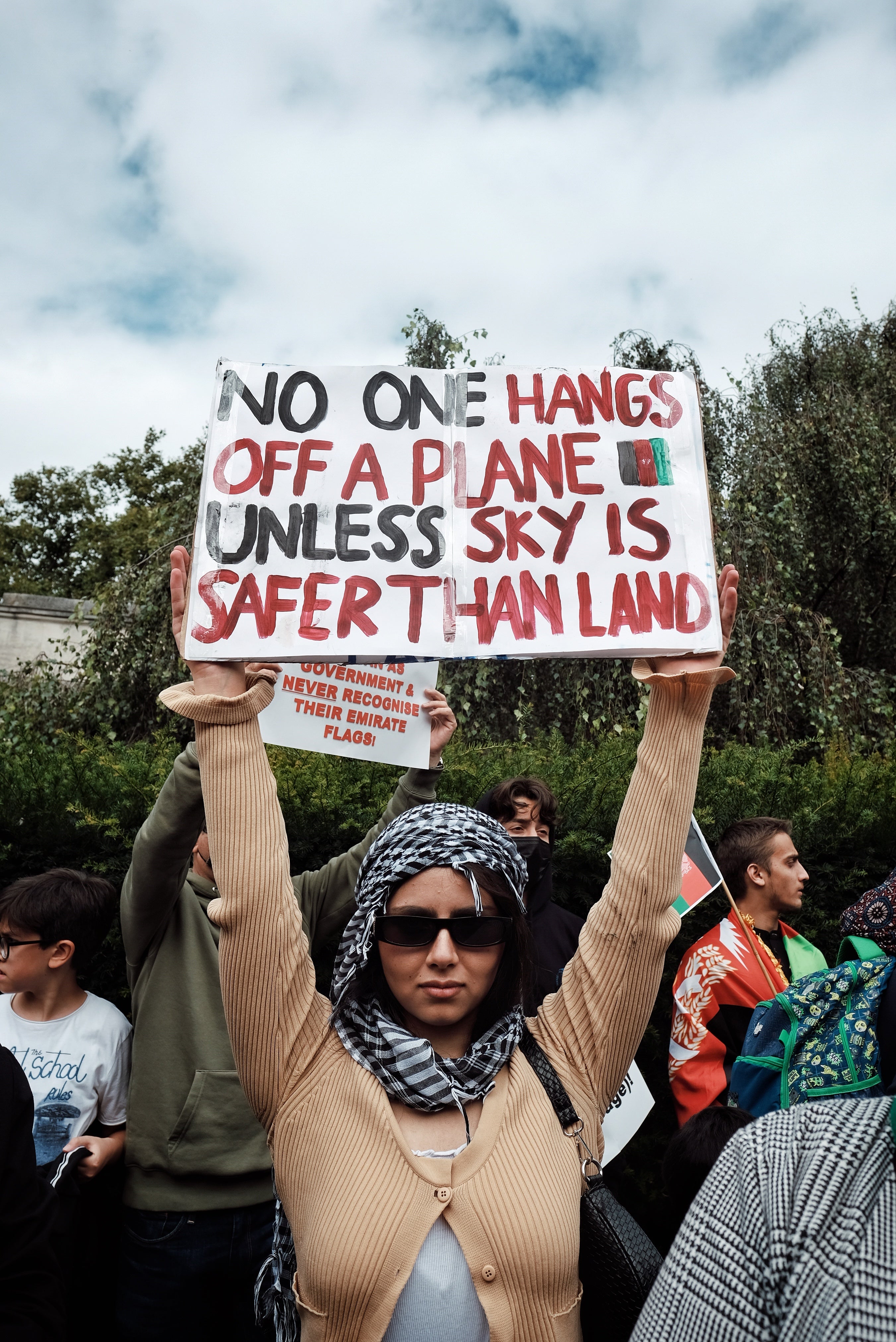
We have achieved so much with protest as a society; some of the freedoms we enjoy today are a result of years of resistance and direct action. The images featured here are a selection of photos of some of the powerful moments of these actions that I was able to capture this year in the capital.
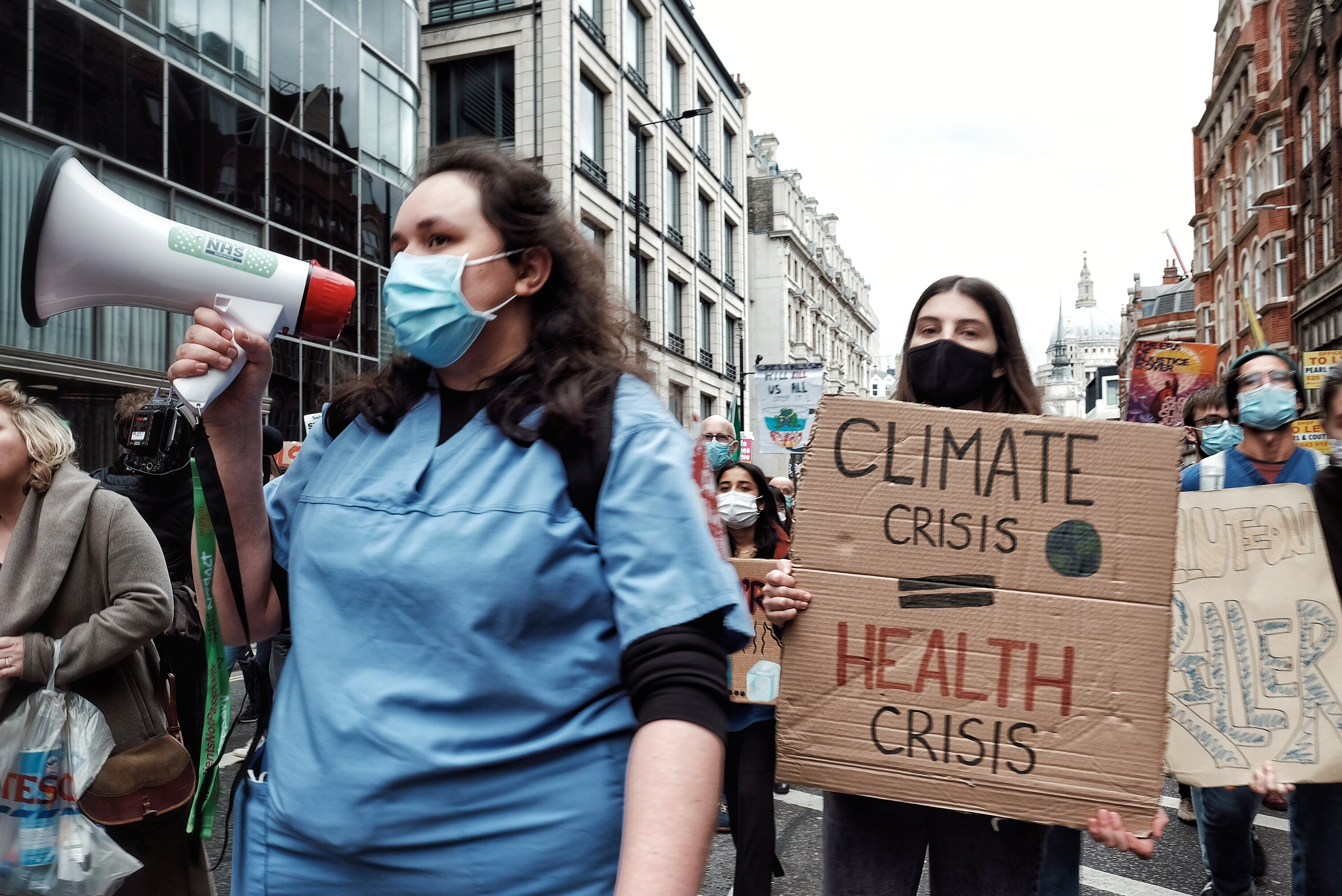
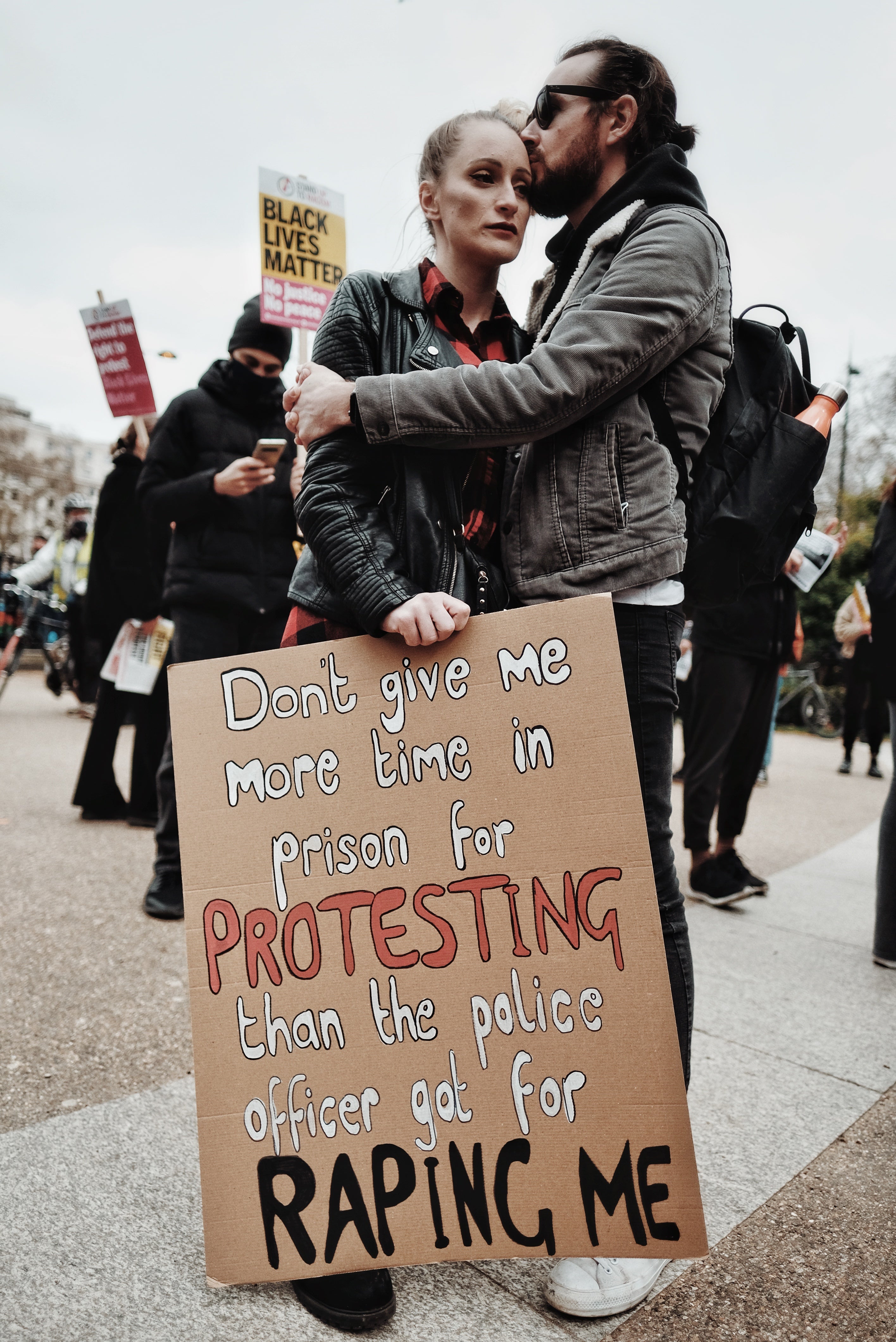
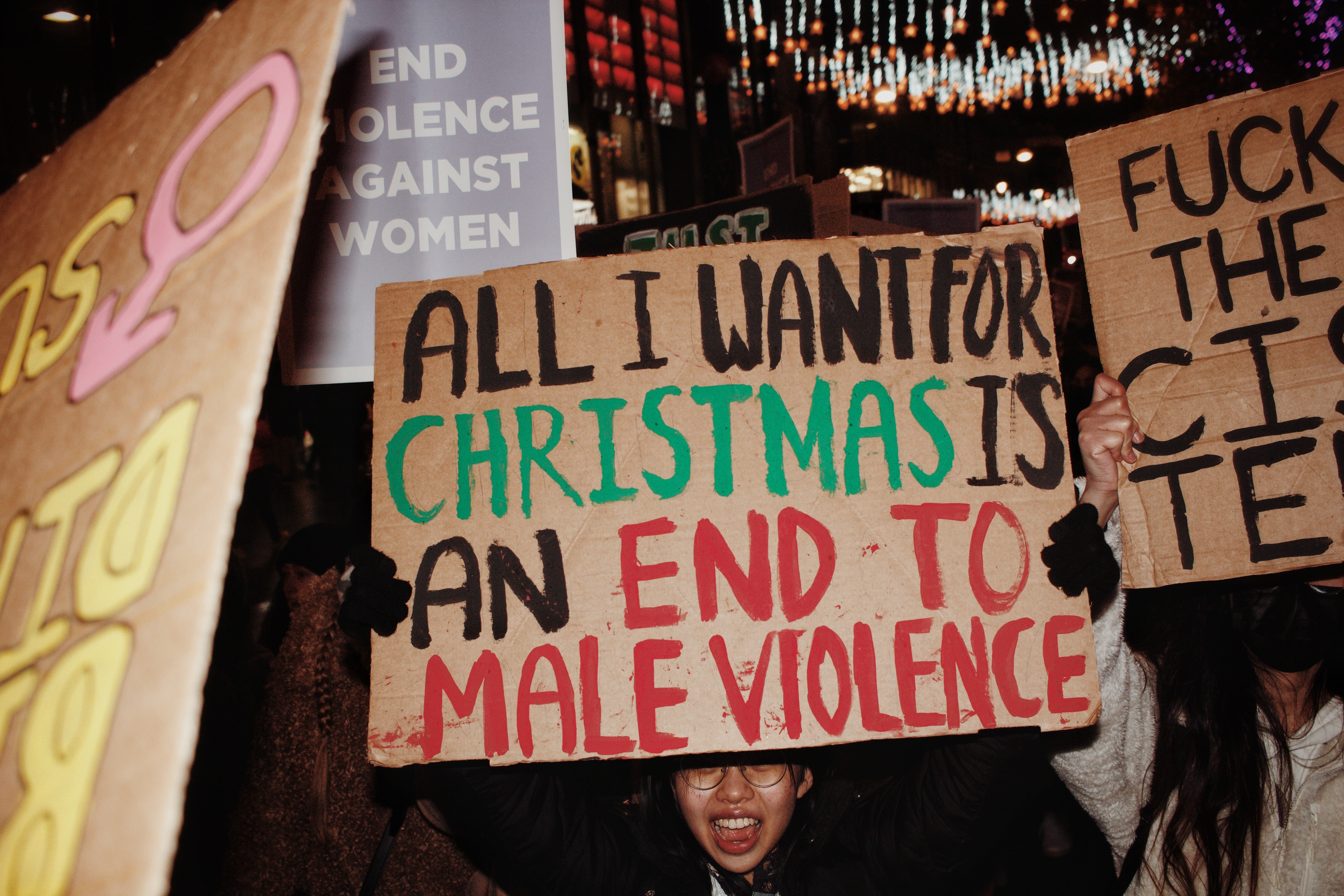
I have been documenting protests in London for six years and building an archive of photography, which is being held at the Bishopsgate Institute, with the hope that this body of work may inform and inspire future generations to fight for positive change. I have been thinking about how the new police and crime bill may also affect photography and our ability to document history on the streets as it happens, freely. Will we be able to capture, document and share powerful images such as these, that raise awareness of injustices, the same way we have done until now and if so, at what cost?

For more of Angela Christofilou’s work you can visit her website here
Join our commenting forum
Join thought-provoking conversations, follow other Independent readers and see their replies
Comments